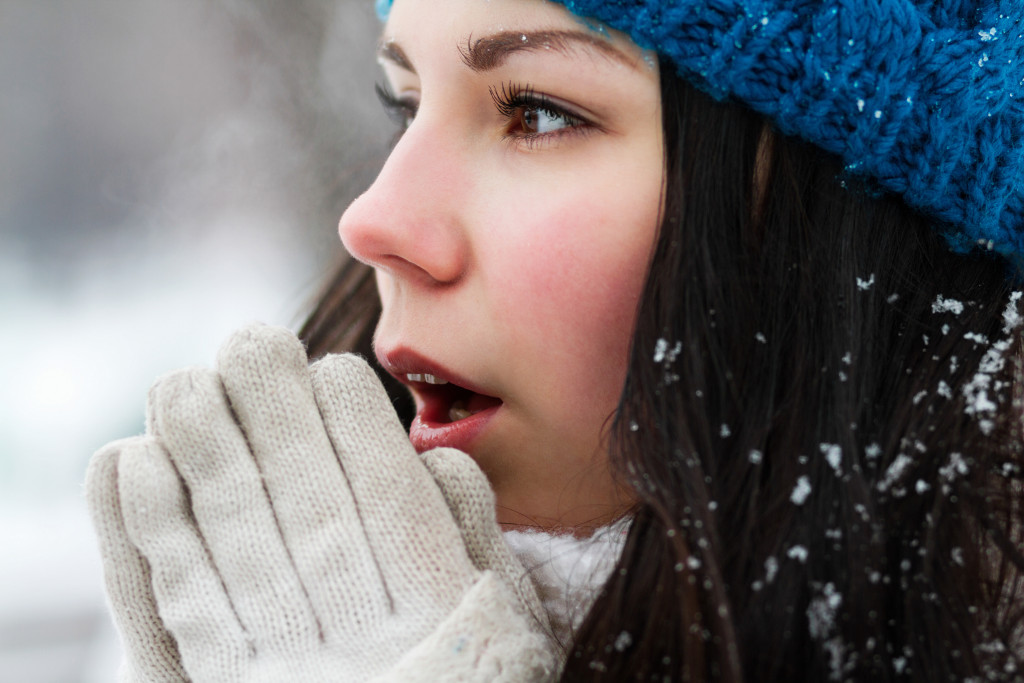- Winter in the U.K. can be harsh, necessitating proactive preparation of homes to avoid discomfort or damage.
- An unprepared home may show signs like drafts, poor heating, leaking roofs, frozen pipes, and a lack of emergency supplies.
- Addressing these issues may involve insulation of walls and windows, checking on the heating system, and fixing leaks.
- A boiler installation can be a cost-effective way to improve home heating; emergency supplies are essential for winter.
- Regular maintenance, including yearly check-ups, can help prevent issues during winter and keep the house warm and cozy.
As the winter months approach, ensuring that your home is ready to weather the cold is important. Winters can be harsh, and the last thing you want is to be caught unprepared. In this blog post, we will discuss some signs to look out for that indicate your home is not ready for winter. By recognizing these signs, you can take steps to address them and ensure that your home is protected from the elements.
Winter Weather in The U.K.
The country’s average temperature in winter reaches 2 to 7 degrees Celsius. However, there are instances where the temperature drops below 0 degrees, accompanied by heavy snowfall and strong winds. Preparing your home for such extreme weather conditions is crucial to avoid any damage or discomfort.
Signs of an Unprepared Home
There are various signs that you have an unprepared home for winter. Here are some of them:
1. Drafts and Cold Spots
If you notice that some areas of your home feel colder than others, or if you feel a draft when you stand next to a window or door, it is a clear sign that your home is not properly insulated. Cold spots can make your home uncomfortable and increase your energy bills. To address this issue, you should ensure that all windows and doors are properly sealed and that your walls and attic are well-insulated.
2. Poor Heating System
A poor heating system is another sign that your home is unprepared for winter. If your heating system is outdated or not functioning correctly, you may notice that some rooms in your home remain cold despite turning up the heat. This can be a severe problem during winter when temperatures drop to freezing levels. If you suspect your heating system is not working correctly, you must have it checked by a professional as soon as possible. Additionally, it might be good to have a boiler installed. A boiler is an affordable and efficient way to heat your home during winter. You can contact a local boiler installation service to help you. The service can offer you options that fit your budget and heating needs.
3. Leaking Roofs and Gutters
During the winter months, snow and ice can accumulate on your roof and gutters, which can cause leaks and other issues. If you notice any signs of water damage or leaks in your ceiling or walls, it is essential to have them repaired before the winter months arrive. This will prevent further damage to your home and ensure you stay warm and dry throughout the winter.

4. Frozen Pipes
Frozen pipes are a common problem in winter, especially in older homes or those with poor insulation. If your pipes freeze, it can cause severe damage to your home and lead to costly repairs. Signs of frozen pipes include low water pressure, strange noises coming from pipes, and faucets that won’t turn on. To prevent frozen pipes, keep your home at a consistent temperature, even when away, and consider insulating your pipes.
5. Lack of Emergency Supplies
Finally, if you are not adequately prepared for a winter emergency, you are not prepared for winter. It is essential to have supplies that can help you weather a storm or power outage. These supplies should include blankets, non-perishable food, water, and a backup power source. Having a plan for dealing with emergencies and ensuring everyone in your household knows what to do in an emergency is also a good idea.
Proactive Ways to Keep Your Home Warm
You can also take proactive steps to keep your home warm and cozy during winter. These include:
Insulation
You can start by adding more insulation to your home, especially in areas that are not well-insulated. This will help prevent heat from escaping and keep the cold air out.

Window Coverings
Installing heavy curtains or blinds can also help insulate your windows and keep the cold out. You can also use draft stoppers under doors to prevent drafts from entering your home.
Regular Maintenance
Regular maintenance of your heating system, roof, and gutters can help prevent any issues from arising during the winter months. Schedule a yearly check-up with a professional to ensure everything is working.
Preparing your home for winter is essential to avoid any discomfort or damage. By recognizing the signs of an unprepared home and taking proactive steps to address them, you can ensure your home is ready to weather the cold and keep you warm and cozy throughout the winter months. Stay safe, and happy winter!
